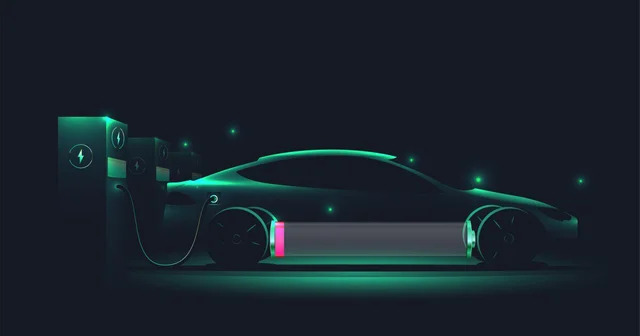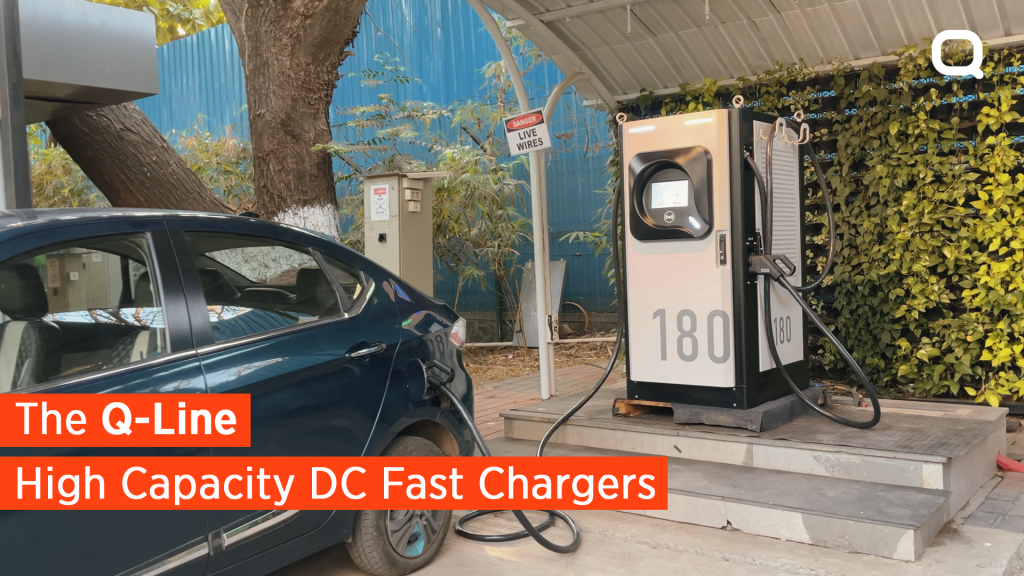A fortunate discovery involving lithium-sulfur batteries has the potential to transform how we power our globe.
Now and then, amazing technology appears out of nowhere and changes our world. Such revolutionary accidental discoveries include dynamite, penicillin, X-ray devices, and even microwaves.
Drexel may have had yet another this year. This time, though, it is poised not just to transform the way people live, but also to potentially save the globe from oncoming climate change by unlocking an elusive technology: lithium-sulfur batteries. Drexel has been seeking the finest technology to fuel the contemporary lifestyle and allow clean technologies, like electric vehicles, for decades. Since the early 1990s, lithium-ion batteries have been the preferred battery technology.
Everything is powered by it, including satellites, Tesla’s, energy grid backup systems, and even mobile phones. Even though they have taken us into the 21st century, they have some serious drawbacks.
First, the elements required to construct them, such as cobalt, are often highly ecologically destructive to mine. They wreak havoc on large ecosystems and even leak harmful substances. (In actuality, there is also a humanitarian issue because some of these mines have lethal working conditions and involve child labor.)
Then there’s the issue of the lifespan. However, users want faster charging times from their gadgets. This applies to everything from phones to automobiles. However, as everyone who owns a smartphone knows, lithium-ion batteries lose capacity fast if they are regularly charged quickly.
Another, Battery degradation is a major concern, especially in the EV industry. Secondhand EVs can become worthless if the battery dies, which can be expensive to repair. Overall, this is impeding EV adoption and implies that electronic waste, which is already a major issue, will increase. There is also the issue of density. Although lithium-ion packs have a high energy density, they are nonetheless rather heavy, huge, and bulky. Because the batteries are so heavy, electric automobiles’ range is limited, and the batteries are unsuitable for various uses, such as commercial electric planes and ships.
There is also a fire risk with lithium-ion batteries, as a broken cell can catch fire and burn furiously. Consider what happened to some of Samsung’s older phones (Note 7) and the Rimac EV that Richard Hammond crashed. Therefore, Drexel scientists were investigating a fresh new form of battery called lithium-sulfur.
On the surface, it appears like lithium-sulfur solves all of the lithium-ions difficulties. It employs significantly less environmentally hazardous elements, is potentially cheaper to build, has up to three times the energy density (therefore a lighter battery), and is far less prone to catch fire. All without sacrificing charge efficiency.

So, what’s the catch? Why don’t we have them already?
They do, however, have a major issue. While a lithium-ion battery can normally be used for approximately 2000 charge cycles, lithium-sulfur batteries are often restricted to around half that. A lithium-sulfur battery is effectively dead after a year or two of proper operation.
To address this, the Drexel team was experimenting with different methods for lithium-sulfur by modifying chemicals in the cathode of the battery. Their objective was to slow down the chemical process that produces polysulfides during battery charging and discharging. These crystals efficiently remove Sulphur from the electrode, resulting in a substantial loss of capacity. Slowing them down may allow these extremely energy-dense batteries to live longer.
Instead, scientists discovered something incredible: a molecular phase of Sulphur that effectively inhibits battery degeneration! They were so taken aback by this revelation that they had to double-check it 100 times to be sure they hadn’t misinterpreted it.
This chemical phase, known as monoclinic gamma-phase Sulphur, has previously only been detected in the laboratory at high temperatures — up to 95°C (203°F). It has never been seen at room temperature before.
“The gamma-monoclinic sulfur is deposited on the carbon nanofibers’ exterior surface.” The yellow balls represent surface-deposited gamma-monoclinic Sulphur, whereas the red balls represent lithium sulphide, a result of the Sulphur reduction.”
This step in the battery entirely halts the process that produces polysulfides. This was so effective that the scientists put the battery through 4,000 charge cycles with no loss of capacity, implying that it will last at least twice as long as lithium-ion batteries.
It’s also worth mentioning that their battery has three times the energy density of lithium-ion and is charged just as quickly! To say this is an amazing find is an understatement. However, this new phase of Sulphur has other advantages, such as reduced battery growth and higher safety margins. In other words, this battery possesses all of the characteristics of the perfect mass-market battery, and the scientists discovered it entirely by chance.
The scientists haven’t figured out what’s going on yet, like with most unintentional discoveries. They still don’t know why this phase of Sulphur exists or how to keep it that way. So, more study is required to address these problems to build a dependable battery that can be utilized in billions of computers, electric vehicles, and other devices.
But the wait will be worthwhile because these batteries will be one-third the weight of identical lithium-ion batteries and have twice the longevity! That means significantly quicker, more efficient EVs with thousands of mile ranges will be commercially practical at prices comparable to today’s EVs. Furthermore, they would still be functional in ten years, significantly decreasing waste and accelerating the rate of EV adoption.
Additionally, short-haul airplanes, cargo ships, and passenger ferries will be equipped with technology that will allow them to operate entirely on electricity. Because of the weight savings, extended life, and competitive pricing, these industries will be able to meet their low-carbon targets.
In summary, lithium-sulfur batteries have the potential to enable a wide range of activities to become electric, making net-zero emissions significantly more practical. Amazingly, it gets much better. The lithium, Sulphur, and other minerals used to create this new battery are abundant on Earth. This implies we can dramatically reduce mining’s environmental effect while also ensuring a stronger supply chain.
But this isn’t the end of the story. The Drexel team is already considering exploiting this innovation to create sodium-sulfur batteries. By eliminating the requirement for lithium, they may make batteries even more eco-friendly while also removing a significant supply chain bottleneck, assuring that EV adoption can continue at the fast pace that carmakers anticipate. This unintentional discovery at Drexel University is destined to alter the world’s electricity use and assist humanity in transitioning to a cleaner, carbon-neutral civilization. Let’s hope the Drexel team can bring this technology out of the lab and into our hands as soon as possible.
We take rechargeable batteries for granted in this day and age. These batteries have one thing in common: they power everything from phones and laptops to high-tech cameras. All of them are constructed of lithium. In recent years, lithium-ion batteries (Li-ion) have taken the globe by storm. They are now the most prevalent battery storage solution, accounting for more than 90% of the worldwide grid market. They also store energy effectively and for a long time. However, its most famous application nowadays is in electric automobiles. Over the previous decade, an increase in lithium-ion battery production has resulted in an 85% drop in pricing, making electric vehicles commercially viable for the first time in history. Batteries lay the path for a future free of fossil fuels, which is critical if we want to mitigate climate change. However, they are also restricted in nature, thus significant attempts are made to create a dependable alternative to lithium-ion.
However, this is not the end of the quest. The Drexel team is already planning to employ its ground-breaking sodium-sulfur battery. By eliminating the requirement for lithium, they might make batteries even more eco-friendly while also removing a significant supply chain bottleneck, assuring that the fast pace at which carmakers are expecting EV adoption can continue. This unintentional discovery at Drexel University is poised to alter the world’s usage of power and assist humanity in transitioning to a clean, carbon-neutral civilization. Let us hope that Drexel’s team can bring this technology out of the lab and into our hands as soon as possible. A chance discovery might transform batteries and redefine how we power our globe and electric vehicles. If effective, lithium-sulfur batteries might provide thousands of miles of range for electric vehicles.
This article was originally published on, Freethink. https://www.freethink.com/environment/lithium-sulfur-battery#:~:text=A%20lucky%20discovery%20could%20revolutionize,how%20we%20power%20our%20world.&text=Every%20now%20and%20then%2C%20revolutionary,of%20such%20revolutionary%20accidental%20discoveries.












